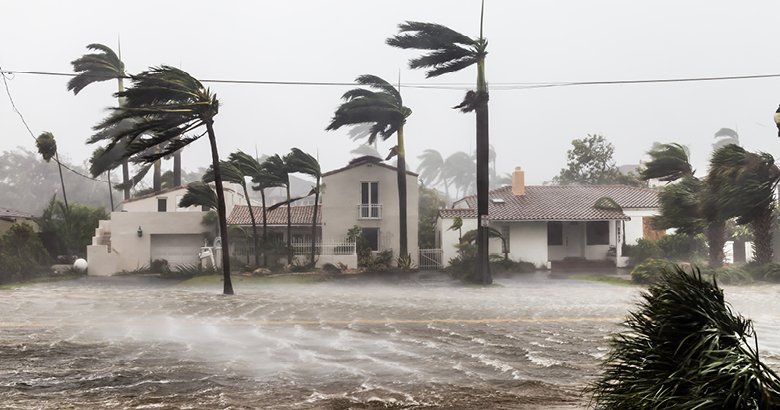A recent landfall hurricane hit a country as a category 4 storm with 150 mph winds leaving a path of destruction behind. Due to the fast and furious nature of the hurricane, infrastructure was disrupted with telephone lines being down, roads blocked or vanished, houses and farms torn down or swiped away. The disaster center was flooded with frantic calls about missing and stranded relatives, friends, and neighbors.
Since most communication lines were knocked down, stranded people were not able to reach the disaster center for help. Even communication lines that were still operational were overloaded, which also hampered emergency response efforts. Since almost all citizens are also netizens, they post on social media, blog, leave comments, and post on forums and message boards, offering a wealth of information about their current status. But collecting and analyzing data on social media and other public web sources is time-consuming and labor-intensive. The disaster center did not have the time or the staff to do that, since it was all hand on deck to find and rescue the stranded hurricane victims.
The government agency contacted Cobwebs to help the disaster center with collecting and analyzing social media and other online sources to locate the stranded citizens for evacuation. After specific query terms about the stranded hurricane victims were entered into our WEBINT platform, it automatically detected and analyzed relevant web content. Only relevant intelligence relating to the digital activity of the stranded victims was presented quickly and efficiently in a user-friendly GUI.
The platform is programmed with monitoring criteria such as ‘virtual fences’ that delineates relevant areas and keywords associated with the hurricane. The location of each of the hurricane victims was pinpointed by extracting web content from posts, photos, videos, statuses, comments, and more that the stranded citizens had posted on the web. Our cutting-edge location solution automatically revealed and analyzed location-based data displaying the results in real-time on interactive maps. This allowed the disaster center to coordinate and execute rescue operations quickly and effectively. Stranded victims were evacuated; in some cases only after receiving first aid on the spot to make them fit for transport. Apart from the gratitude of the victims themselves, the disaster center was got a recommendation from the local mayor for its outstanding work and public service.
